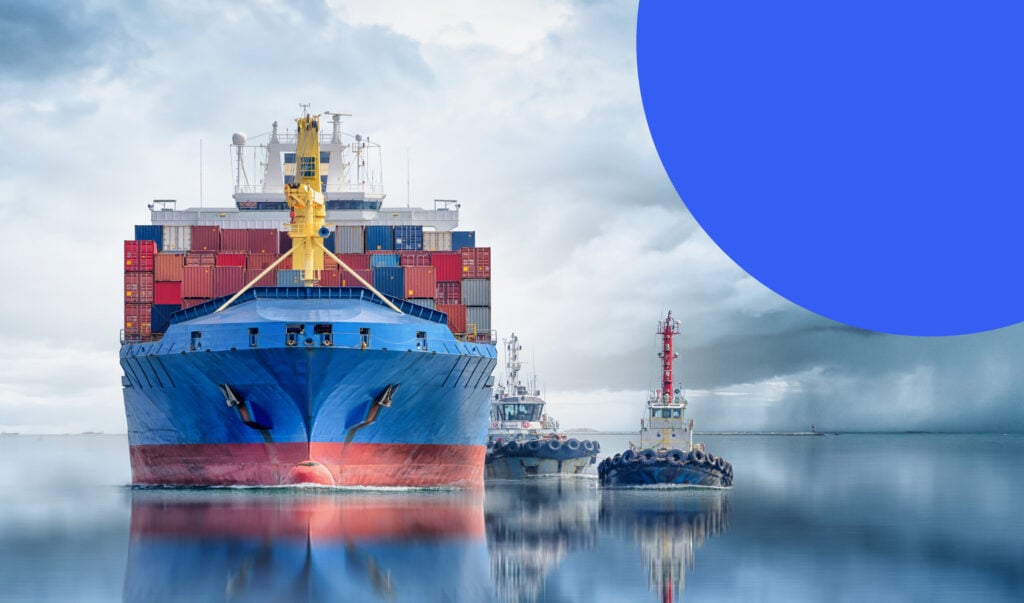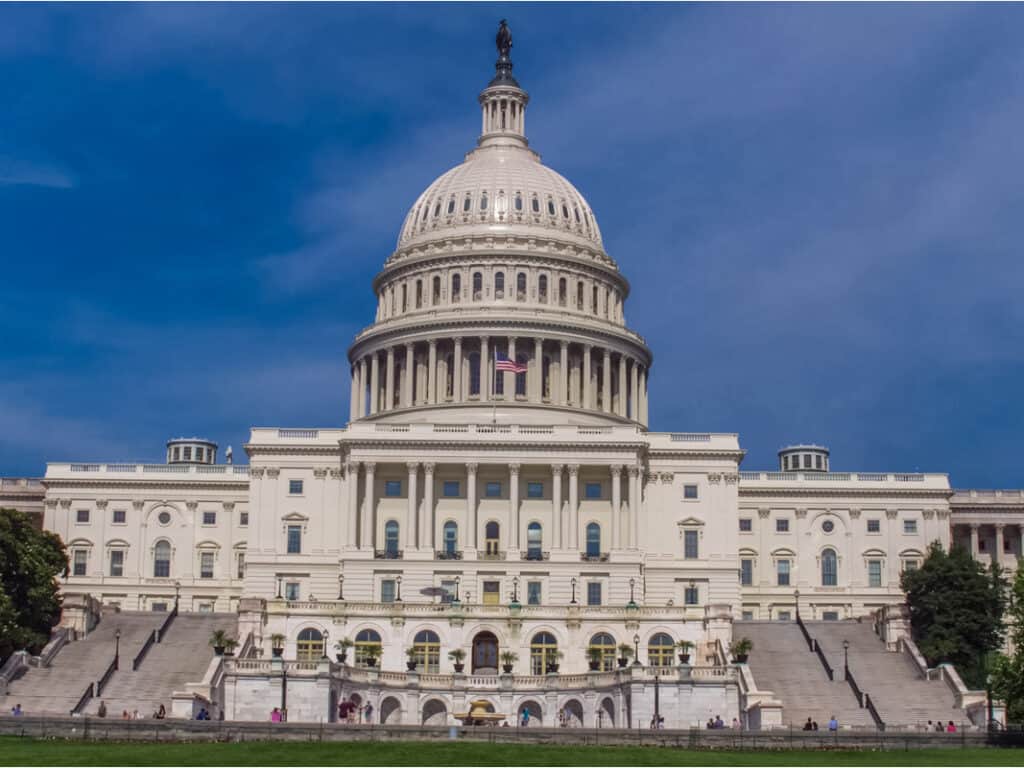What is Supply Chain Transparency, and Why is it Important?
There is growing consumer, investor, media and government interest in where products come from, who creates them and how. With complex, global supply chains, sharing this information can be difficult, but it’s necessary to meet stakeholders’ expectations.
What is supply chain transparency?
Supply chain transparency is when a company knows its supply chain and communicates about it internally and externally. Complete transparency covers each stage of a supply chain, from raw materials to finalised products and services as they are provided to customers.
Providing transparency on a supply chain could involve various types of information about it. Increasingly, a business’s customers and its stakeholders (e.g. investors) want companies to be more transparent about sustainability standards in their supply chains. This means companies need to understand social and environmental practices throughout their supply chains — direct suppliers, these suppliers’ suppliers and beyond.
The information a company shares in relation to these should include the risks to human and environmental rights associated with each supplier’s countries, industries and activities.
Why is it important?
Investors, governments and consumers want companies to have more transparent supply chains. With these demands comes more media interest in how companies and their supply chains operate, especially when global shocks such as COVID-19 put pressure on production regions and transport networks.
Growing consumer expectations contribute to the increased importance of supply chain transparency for everyday products like food and clothing in particular. Consumers care about what ingredients are in their food, where their clothing comes from and how the products they buy are created. They care about the social and environmental sustainability of the businesses they support. Issues like climate change and high-profile disasters like the Rana Plaza garment factory collapse have accelerated consumers’ awareness, concern and knowledge about sustainable sourcing.
Investors are also more aware of the value of transparency on supply chains. This includes the role of this transparency in stronger environmental, social and governance (ESG) performance, which also supports benefits such as improved supply chain resilience and risk management. These factors have led some investors to actively seek companies that can clearly demonstrate socially and environmentally sustainable business practices.
Studies on ESG investing have shown that relevant businesses and ESG stock indexes are outperforming their markets, including over the long term1. Companies with strong ESG performance might have more robust supply chains, reduced sustainability risks, good legislative compliance and better brand reputations. As a result, organisations driving sustainable growth through ESG strategies can be seen as a lower financial risk for investors.
Supply chain transparency legislation
Aside from consumer and investor demands, businesses are also subject to more and more supply chain transparency legislation. These supply chain transparency laws include:
United States
In 2022, the Uyghur Forced Labour Prevention Act came into force in the US. The Act prohibits the import of goods made wholly or in part in the Uyghur Autonomous Region of China, due to the assumption by the US Government that goods produced in that region involve forced labour conditions.
Businesses must demonstrate that their goods and raw materials aren’t produced in the Uyghur Autonomous Region of China, or prove that goods or materials from this region aren’t produced by forced or child labour. Demonstrating this requires an extremely high level of supply chain transparency from businesses.
California
California passed the Transparency in Supply Chains Act in 2010 to give consumers more visibility into the businesses they support, so that they can choose to buy from companies actively working to eradicate modern slavery and human trafficking.
The Act requires companies to publish annual reports on their efforts to eradicate modern slavery in their direct supply chains.
Norway
Norway’s Transparency Act requires certain companies to conduct due diligence to ensure they are operating responsibly, respecting human rights and decent working conditions. The Act also requires companies to respond to information requests about how they address potential and actual impacts on human rights and decent working conditions.
United Kingdom
The UK Modern Slavery Act requires eligible companies to identify, prevent and address modern slavery risks in their operations and supply chains. It also requires businesses to publish an annual statement reporting on these actions, to force this transparency.
How to achieve supply chain transparency
To achieve supply chain transparency, you first need supply chain visibility. Supply chain visibility is being aware of every supplier in your supply chain and having essential information on each of them.
Companies must gather information on where each supplier is located, alongside the social and environmental risks associated with each of the locations. Then, they share this information — being transparent about where they source from, and the people and operational practices across their supply chains.
This visibility and transparency form an essential part of responsible sourcing and sustainable business practices. The United Nations Guiding Principles on Business and Human Rights outline four main stages for a responsible, sustainable approach to business and sourcing:
- A company identifies social and environmental risks and issues across a supply chain (visibility across a supply chain is necessary for this).
- The company assesses these risks to prioritise where it will take action.
- The company addresses priority risks and issues, to reduce and resolve these.
- The company reports on these efforts — including being transparent about its supply chain.
Through the activities needed to reach supply chain transparency, companies learn more about the working conditions, the people creating their goods and the possible environmental impacts across their supply networks. This knowledge is a key enabler of the steps outlined above, empowering a company’s sustainable approach and facilitating improvements in social and environmental performance.
This sustainable approach means that when a company reports on its supply chain — the final step in achieving supply chain transparency — it can show positive progress.
Want support with supply chain transparency? Let us help your business.



